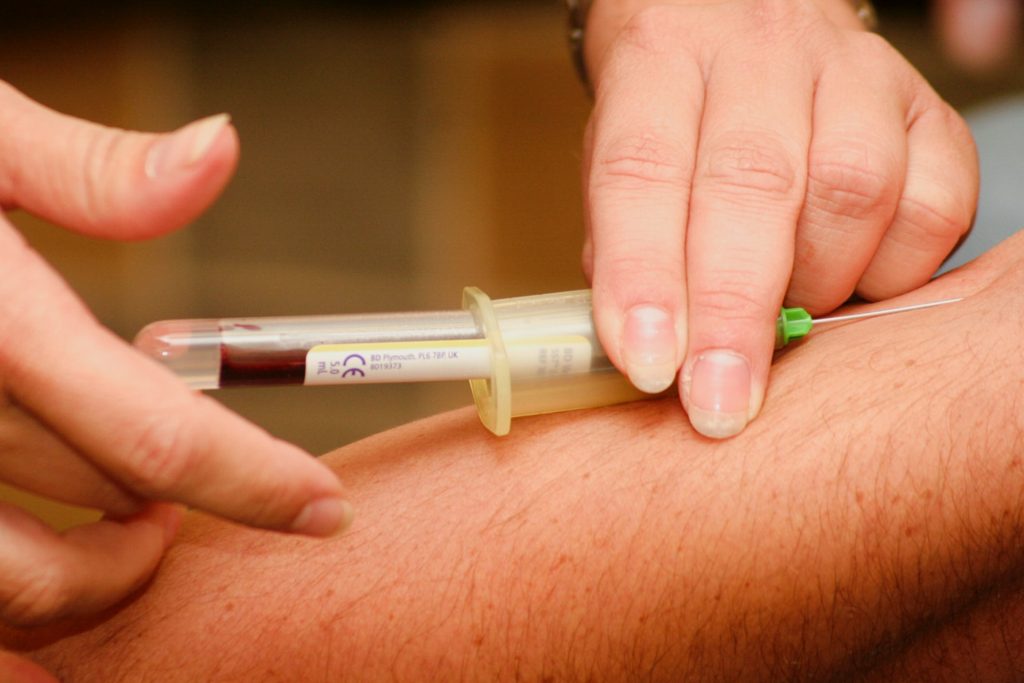Fall in Paediatric Post-surgical Opioid Prescriptions

A large study has shown that opioid prescriptions for children who underwent one of eight common outpatient surgeries declined over a period of five years. These findings, reported in the journal Pediatrics, suggest that clinicians are using more discretion when considering which paediatric patients require an opioid prescription after their procedures.
Opioids are routinely prescribed after a surgery to help paediatric patients manage mild or moderate pain. However, recent studies have suggested that recovery is similar with limited or no opioid use. Additionally, opioids prescribed to children can result in respiratory depression, which causes carbon dioxide to not be expelled from the lungs properly, and the continued use of those opioids, after acute pain has resolved. Despite these findings, no prior studies had looked at recent data on national opioid trends for surgery in children in the context of whether there has been any shift away from prescribing opioids more broadly.
“Children grow throughout their childhood, and because opioids are often prescribed based on weight, we cannot assume that what is appropriate for a 5-year-old could also apply to an adolescent,” said the study’s lead author Tori N. Sutherland, MD, MPH. “In our study, we wanted to be responsible with our data and consider surgical distribution by age group.”
In this study, the researchers used data from a private insurance database to study opioid-naïve patients under the age of 18 who underwent one of eight surgical procedures between 2014 and 2019. The procedures ranged from tonsillectomies to knee surgery. The primary outcome of the study was whether a prescription for opioids was filled within 7 days of surgery, and the secondary outcome was the total amount of opioid dispensed. A total of 124 249 patients were included in the study. Patients were separated by age into adolescents, school-aged children and preschool-aged children.
The researchers found that the percentage of children who had an opioid prescription filled after their surgery fell across all three age categories. For adolescents, prescriptions dropped from 78.2% to 48%; for school-aged children, from 53.9% to 25.5%; and for preschool-aged children, from 30.4% to 11.5%. Additionally, the average morphine milligram equivalent dispensed declined by approximately 50% across all three age groups.
The researchers also found that there was a steeper decline in opioid prescriptions beginning in late 2017, first in the adolescent group and then followed by school- and preschool-aged children. This trend appeared to represent a ‘trickle down’ effect, but more research is needed to explore the difference in trends by age group.
“Our findings demonstrate that pain treatment for children and adolescents undergoing surgery has changed dramatically over the past 5 years,” said Mark Neuman, MD, senior author. “Understanding what these trends mean for patient experiences and health outcomes is a key next step.”
Source: EurekAlert!





